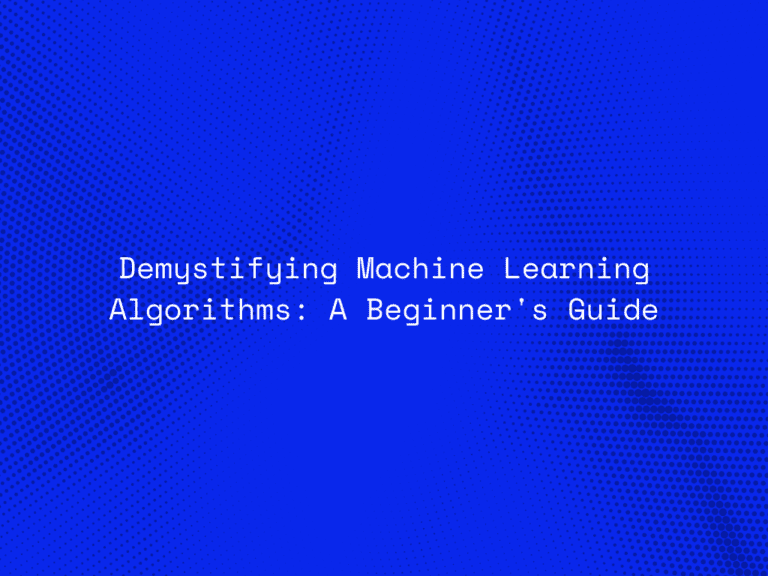In industries where equipment uptime is critical, maintenance strategies have always been the backbone of operational efficiency. Traditional approaches like reactive and preventive maintenance have served their purpose, but they often fall short when it comes to cost savings and reliability. Today, Predictive Maintenance 2.0, powered by artificial intelligence (AI) and machine learning, is redefining how organizations monitor, maintain, and optimize their critical systems.
From Preventive to Predictive: The Evolution
Historically, maintenance followed a linear approach. Machines were either fixed after they failed (reactive maintenance) or serviced at regular intervals regardless of condition (preventive maintenance). While effective to an extent, both methods often led to unnecessary downtime, inflated costs, or even catastrophic failures.
With the advent of IoT sensors and AI, industries have moved toward predictive maintenance. But Predictive Maintenance 2.0 takes it a step further—leveraging real-time data, advanced analytics, and self-learning algorithms to anticipate failures before they occur, minimizing disruption and maximizing equipment lifespan.
How AI Powers Predictive Maintenance 2.0
AI-driven predictive maintenance uses a combination of IoT devices, data analytics, and machine learning models to transform raw data into actionable insights. Key enablers include:
-
Real-time Monitoring: Continuous data collection from sensors embedded in machinery, such as temperature, vibration, and pressure readings.
-
Anomaly Detection: AI identifies subtle deviations in performance that might indicate wear and tear, long before human operators notice them.
-
Failure Prediction: Machine learning models forecast when a component is likely to fail, enabling timely interventions.
-
Prescriptive Insights: Beyond predicting failures, AI recommends corrective actions and optimizes maintenance schedules.
Applications Across Industries
-
Manufacturing: Predictive maintenance reduces downtime in assembly lines, ensuring productivity and consistent output.
-
Energy: AI helps power plants and wind farms avoid costly shutdowns by predicting turbine or generator failures.
-
Aviation: Airlines use predictive models to track engine performance, reducing unexpected breakdowns and improving passenger safety.
-
Transportation & Logistics: Fleet operators rely on AI to monitor vehicle health, preventing delivery delays caused by breakdowns.
Benefits of Predictive Maintenance 2.0
The adoption of AI-driven maintenance strategies brings measurable value:
-
Reduced unplanned downtime and costly breakdowns
-
Extended equipment lifespan through proactive interventions
-
Optimized maintenance schedules that save resources
-
Improved workplace safety by preventing hazardous failures
-
Enhanced decision-making with data-driven insights
Challenges and Considerations
While the benefits are clear, implementing Predictive Maintenance 2.0 comes with its own challenges:
-
Data Integration: Collecting and harmonizing data from diverse machines and sensors is complex.
-
Model Accuracy: AI models require continuous updates to reflect changing conditions and new equipment.
-
Cost of Implementation: Initial investment in IoT infrastructure and AI platforms may be high, though long-term savings outweigh it.
-
Change Management: Organizations need skilled professionals and cultural readiness to adopt AI-driven processes.
The Future of Predictive Maintenance
Looking ahead, Predictive Maintenance 2.0 will evolve toward autonomous maintenance ecosystems. Future systems will not only predict failures but also trigger automated corrective actions, creating self-healing machines. Integration with digital twins—virtual replicas of physical assets—will allow organizations to simulate and test maintenance strategies before deploying them in real systems.
By blending AI, IoT, and advanced analytics, predictive maintenance is no longer just a cost-saving tool; it is becoming a strategic asset that ensures resilience, efficiency, and long-term sustainability.




